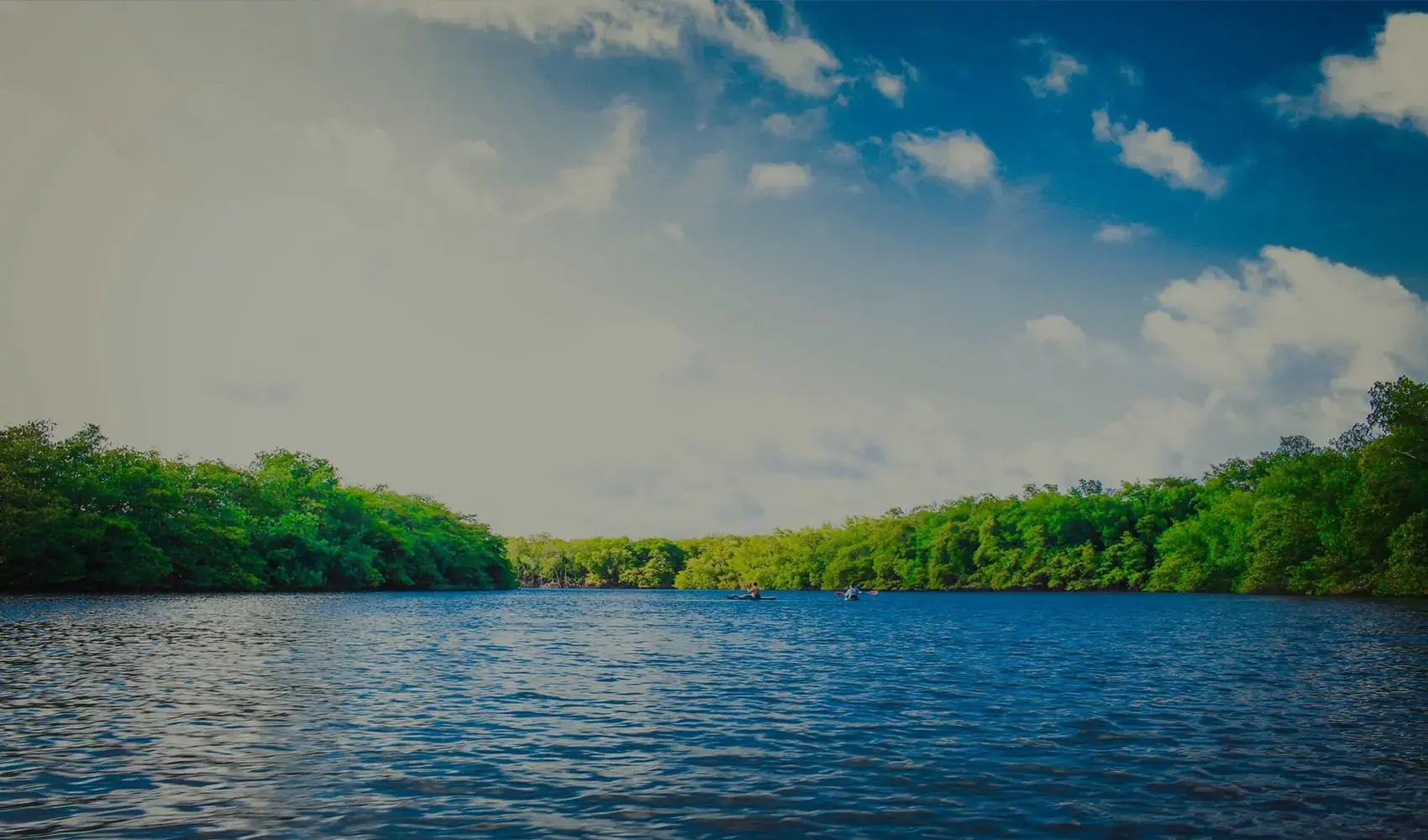
AquaHacking Challenge
GREAT LAKES 2023-2024
HOSTED BY


THE WATER ISSUES TACKLED IN THIS CHALLENGE
 MICROPLASTICS
MICROPLASTICS
Advance the fight against the ecological menace of microplastics by developing solutions for the detection, real-time monitoring, efficient sequestration, and sustainable elimination of microplastics from diverse environments, contributing to a cleaner and healthier planet.
 NUTRIENTS AND NUTRIENT CYCLING
NUTRIENTS AND NUTRIENT CYCLING
Drive innovation in nutrient management within the Great Lakes region by devising solutions focused on precise and reliable detection, monitoring, and tracking of nitrogen and phosphorus inputs from various origins, addressing the critical challenge of restoring and sustaining the natural nutrient cycling equilibrium in aquatic ecosystems.
 ELIMINATING FOREVER CHEMICALS
ELIMINATING FOREVER CHEMICALS
Develop innovative solutions to address PFAS (Per- and polyfluoroalkyl substances) contamination in water sources for efficient detection methods, real-time monitoring systems, effective sequestration techniques, and advanced elimination approaches, with the ultimate goal of safeguarding universal access to clean and safe water.
 LEAD CONTAMINATION
LEAD CONTAMINATION
Design technology solutions for the effective detection of lead service lines by pioneering remote sensing techniques for accurate lead infrastructure identification and developing safe, innovative methods for the disposal and replacement of lead pipes, ensuring the protection of public health and the environment
MEET THE FINALISTS

BALEENA
Designing microfiber-trapping filters for household washing machines, Baleena tackles microplastic pollution at its source.

WAVE LUMINA
Wave Lumina developed a portable Raman device to swiftly detect ultra-low levels of PFAS and other contaminants in environmental samples, revolutionizing on-site environmental assessments in Traverse City, MI, USA.

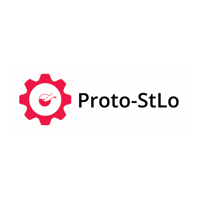
PROTO-STLO
Introducing a novel algal filtration technology, Proto-StLo reduces lead concentration in drinking water through powdered algal extract and pH regulation.

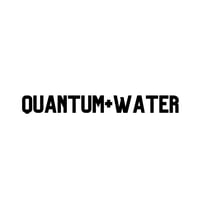
QUANTUM WATER
Quantum Water uses insect-based carbon quantum dots to provide an innovative way to detect lead contamination in water at the University of Waterloo, ON, Canada.

AI FOR WATER QUALITY
Developed Aquawatch, a platform using advanced technology to analyze satellite images for water quality, providing real-time alerts to help manage and improve water conditions. Florida International University & University of West Florida, FL, USA.
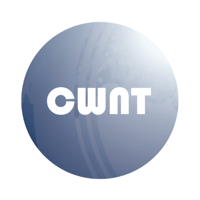
CLEAN WATER NANOTECHNOLOGY - CWNT
Proposes a biosensor combined with machine learning to monitor water contaminants in real-time, initially for the beverage industry and later for public and private buildings, aiming to improve water safety, regulatory compliance, and environmental sustainability. Houghton, MI, USA.
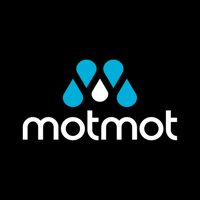
MOTMOT
Deploying Autonomous Underwater Robotics in municipal water supply pipes. Motmot targets and measures lead levels, ensuring safe drinking water. Michigan State University, MI, USA.
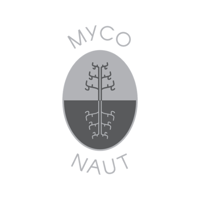
MYCONAUT
Blending regenerative agriculture and fungi-based technology, MycoNaut pioneers cost-effective bioremediation solutions for PFAS-contaminated soils. Marquette, MI, USA.
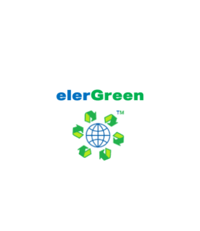
ELERGREEN
Employing electrochemical reactors, elerGreen recovers valuable metals and polymers from wastewater, including lead contaminants. Toronto, ON, Canada.

MAXIMANO
Leveraging electro-sorption technology, Maxinano captures charged plastic particles in water, reducing microplastic and nanoplastic pollution in our water. Concordia University, QC, Canada